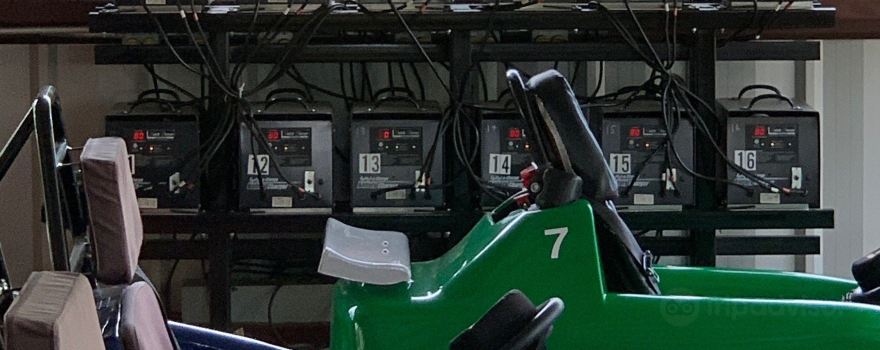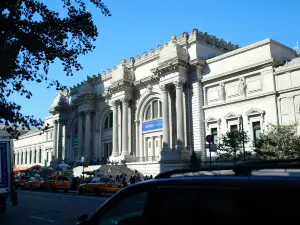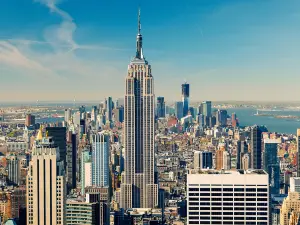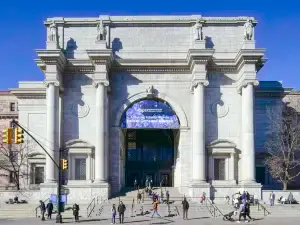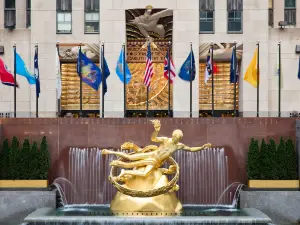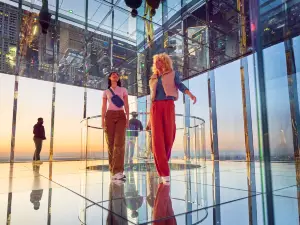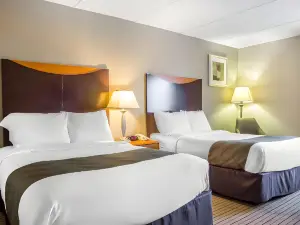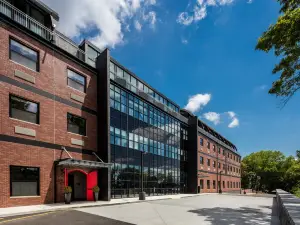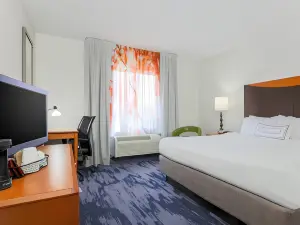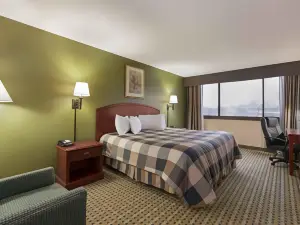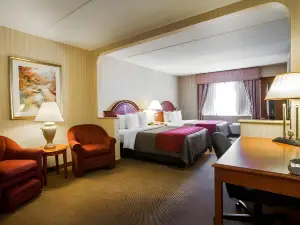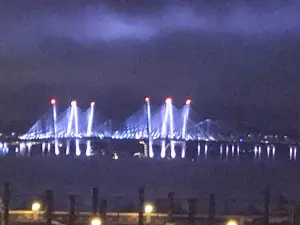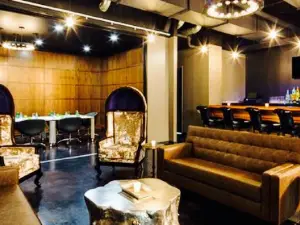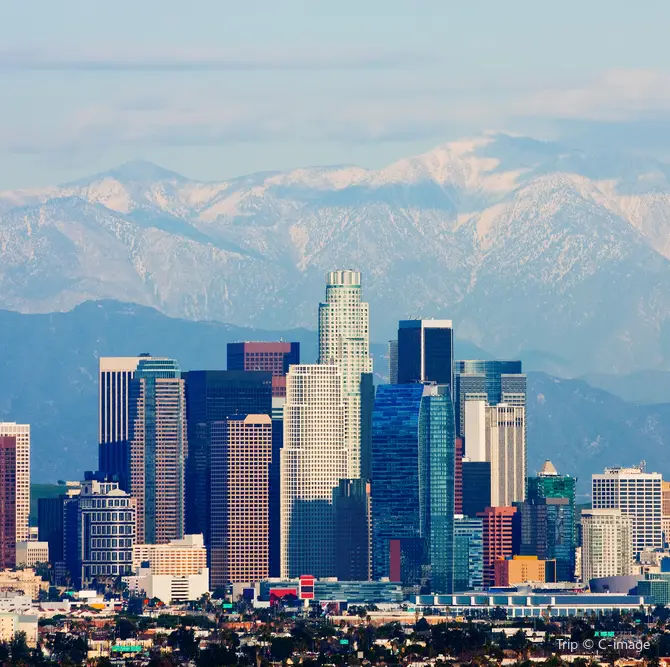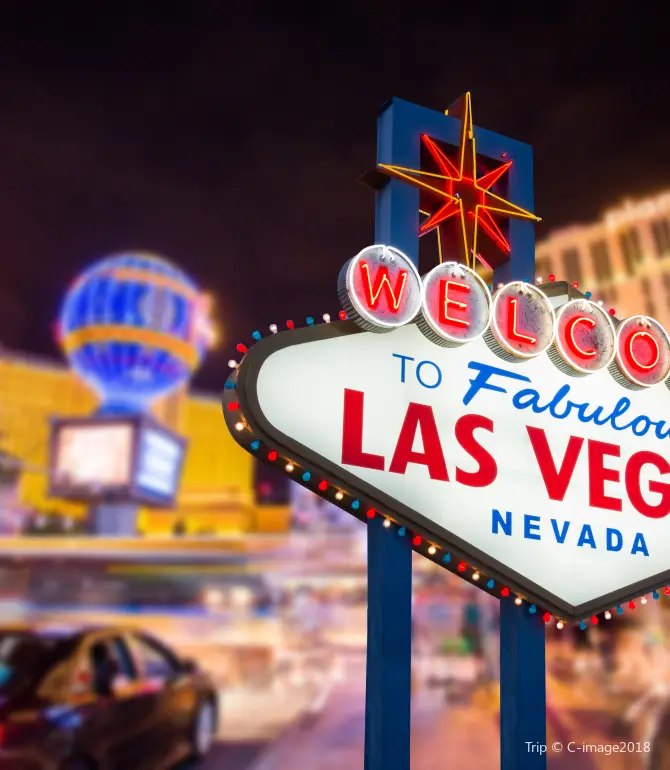App
Customer Support
Find Bookings
Photos
Orangetown
Orangetown independent travel guide (2025): top things to do near you, popular tourism attractions, itinerary planning, accommodation, food, transportation, weather, and more - everything you need to know (updated July 2025) | Trip.com
About Orangetown
Orangetown Local Experiences Map
View Local Experiences on Map
Things to do in Orangetown
What to Do
Looking for things to do in Orangetown? We provide up-to-date info on everything from must-see scenic spots to local hangouts.
View More
Where to Stay
Discover the most popular places to stay in Orangetown, complete with recommendations from fellow travelers and special hotel offers
View More
What to Eat
Want to eat like a local? Don't miss out on these top Orangetown dishes and foodie spots.
View More
Pier 701 Restaurant & Bar
This user hasn't left any comments yet
Avg. KRW26,116/person
"Seafood"
"Open Late"
What People Are Saying About Orangetown
Write a Review
The Metropolitan Museum of Art
会爬爬树的蚂蚁
Central Park
蓝星旅行者
Empire State Building
会爬爬树的蚂蚁
Broadway Shows New York
林达
The Museum of Modern Art
ryne.srj
American Museum of Natural History
会爬爬树的蚂蚁
Rockefeller Center
668***50
SUMMIT One Vanderbilt
rob***05
Statue of Liberty
MathewMorais
Top of The Rock
Anonymous user
Popular Types of Attractions in Orangetown
Cultural institutions | Museums | Themed exhibition halls | Science & technology museums | Nature and wildlife | Natural scenery | Beaches and shores | Mountain climbing | Exhibitions & events | Performances | Concerts | Exhibitions | Historical attractions | Leisure activities | Farms and pastures | Spa/massage | Camping and campsites | Sightseeing tours | Night view | Boat tour | Sightseeing bus | Parks | Outdoor activities | Cycling | Mountain climbing | Shooting | Water sports | Skybound experiences
Popular Attractions in Orangetown
First Reformed Church of Nyack | The Orangetown Historical Museum & Archives at the Salyer House | Camp Shanks Memorial Park | Veterans Memorial Park | Orangetown Parks & Recreation Department | Franklin Street Park | Blue Hill Golf Course | Piermont Public Library | Historical Society-The Nyacks at The Depew House | Tappan Golf Center | Buttermilk Falls County Park
Popular Ranked Lists
Top 50 Must-Visit Restaurants in Koh Samui | Top 10 Local Restaurants in Lushan Global Geopark | Top 50 Must-Visit Restaurants in Songyang | Popular Best Things to Do in Xing'an County | Top 20 Best Things to Do in Birmingham | Top 50 Must-Visit Restaurants in Barcelona | Popular Premium Hotels Near Lancaster County | Popular Best Things to Do in Qinzhou | Popular Best Things to Do in Tongdao | Top 50 Must-Visit Restaurants in Madrid | Popular Luxury Hotels Near Balbieriskio seniunija | Popular Premium Hotels in Howard County | Popular Best Things to Do in Yuyao | Top 50 Luxury Hotels near Banbury | Top 20 Best Things to Do in Dublin | Top 50 Best Things to Do in Melaka | Top 50 Must-Visit Restaurants in Osaka | Popular Best Things to Do in Zhijiang | Top 10 Trending Attractions in Phuket | Top 10 Best Things to Do in Kanazawa | Popular Best Things to Do in Heze | Top 20 Best Things to Do in Doha | Top 10 Best Things to Do in Siem Reap | Popular Luxury Hotels in Erdene | Top 50 Must-Visit Restaurants in Shenzhen | Top 10 Best Things to Do in Jincheng | Top 50 Must-Visit Restaurants in Jeju | Top 50 Must-Visit Restaurants in Los Angeles | Top 50 Must-Visit Restaurants in Seoul | Popular Luxury Hotels Near Pitesti
Popular Restaurants in Orangetown
AquaTerra Grille | Il Fresco | 8 North Broadway | 2 Spear Street | Pier 701 Restaurant & Bar | BV's Grill | Louie's on the Avenue | Koi 21 Japanese Cuisine | West Gate Restaurant | Sparkill Steakhouse | Temptations Cafe | Cassie's | Art Cafe | tarantella | Freelance Cafe & Wine Bar | Thai Garden | Broadway Bistro | Del' Arte Restaurant | La Fontana Family Restaurant | Hudson House | True Food | Hogan's Nyack | Sidewalk Bistro | T.F. Noonan's | Harry's Burritos | Casa del Sol | O'Malley's | 14 and hudson | Gildea's | Olive's Sour Kraut
Popular Destinations
Khanh Hoa Province Travel | Joetsu Travel | Peio Travel | Clinton County Travel | Wells Branch Travel | Pahalgam Travel | Holly Springs Travel | Ostrava-City District Travel | Westlake Travel | Rohnert Park Travel | Lake Grove Travel | Lattes Travel | Pirmasens Travel | Kalundborg Municipality Travel | Tanum Travel | Hachenburg Travel | Nis Travel | Cautin Province Travel | Zezhou Travel | Saarbruecken Travel | Bazhou Travel | McCall Travel | Galashiels Travel | Gardena Travel | Kobenhavn K Travel | Tacna Travel
Recommended Attractions at Popular Destinations
Popular Attractions in Bangkok | Popular Attractions in Manila | Popular Attractions in Tokyo | Popular Attractions in Taipei | Popular Attractions in Hong Kong | Popular Attractions in Seoul | Popular Attractions in Kuala Lumpur | Popular Attractions in Los Angeles | Popular Attractions in Shanghai | Popular Attractions in New York | Popular Attractions in Shenzhen | Popular Attractions in Osaka | Popular Attractions in Singapore | Popular Attractions in London | Popular Attractions in Guangzhou | Popular Attractions in San Francisco | Popular Attractions in Beijing | Popular Attractions in Macau | Popular Attractions in Bali | Popular Attractions in Jakarta | Popular Attractions in Paris | Popular Attractions in Ho Chi Minh City | Popular Attractions in Istanbul | Popular Attractions in Phuket | Popular Attractions in Chicago | Popular Attractions in Seattle | Popular Attractions in Toronto | Popular Attractions in Orlando | Popular Attractions in Cebu | Popular Attractions in Chiang Mai
More Things To Do in Orangetown
Global 77 Countries 4G/5G eSIM | Day Pass/Data Packages | 1-30 Days | 24-Hour Billing | QR Code | USA 5G eSIM | DayPass /Total | 500MB/day-total 100GB | 1-90 days | QR code (excluding Guam and Saipan) | Global (66 countries) | 5G/4G eSIM | Total Package | 24H Billing | 1-7 days | QR code | United States & Canada 5G eSIM | Day Pass/Total Package | 1-30 Days | QR code (excluding Guam and Saipan) | United States 5G eSIM | Day Pass/Total Data Package | 1-30 Days | 24-Hour Billing | QR Code (excluding Guam and Saipan) | US | 5G/4G eSIM | Day Pass/Total Package | 24H Billing | 1-30 days | QR code | Europe + US (41 countries) | 5G/4G eSIM | Day Pass/Total Package | 24H | 1-90 days | QR code | US & Canada 5G eSIM | DayPass / Total | 1-30 days | QR code | US eSIM | 5G/4G | High-speed data | Daily package/data package | 24 hours | 1-30 days | QR code | Global 108 Regions | 1–30 Days | Easy In-App Setup | QR Code | USA 5G eSIM | 1-30 days | Hotspot sharing | Quick installation | QR Code | Canada & US | 5G/4G eSIM | Day Pass/Total Package | 24H Billing | 1-30 days | QR code | United States & Mexico 5G eSIM | DayPass /Total | 1-30 days | QR code | Europe & American(41 countries) eSIM 4G/5G | DayPass/Total | 1-30 days | QR code | North America eSIM | 5G/4G | High-speed data | Daily package/data package | 24 hours | 1-30 days | QR code | Skip-The-Line Guided Tour in the Metropolitan Museum of Art | Best of Central Park Bike Tour | NYC: Official Grand Central Terminal Tour | one-day tour to Sleeping Giant State Park in New York, USA | Statue of Liberty: Guided Tour + Optional Ellis Island | New York Night Tour: Open Top Bus Tour by TopView | High Line and Chelsea Small Group Tour | New York Aquarium: Entry Ticket | RiseNY - A Soaring Journey Through New York | Gossip Girl Tour | Ground Zero All-Access Guided Tour + 9/11 Museum | Museum of the City of New York: Entry Ticket | Boroughs of NYC: Harlem, Bronx, Queens, Brooklyn & Coney Island | SoHo, Little Italy, and Chinatown NYC Guided Walking Tour | Secret Food Tours NYC - Greenwich Village
About
Payment Methods
Our Partners
Copyright © 2025 Trip.com Travel Singapore Pte. Ltd. All rights reserved
Site Operator: Trip.com Travel Singapore Pte. Ltd.
Site Operator: Trip.com Travel Singapore Pte. Ltd.

